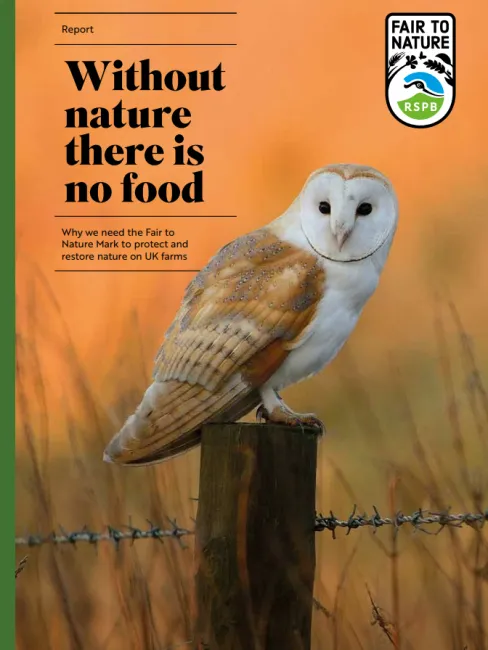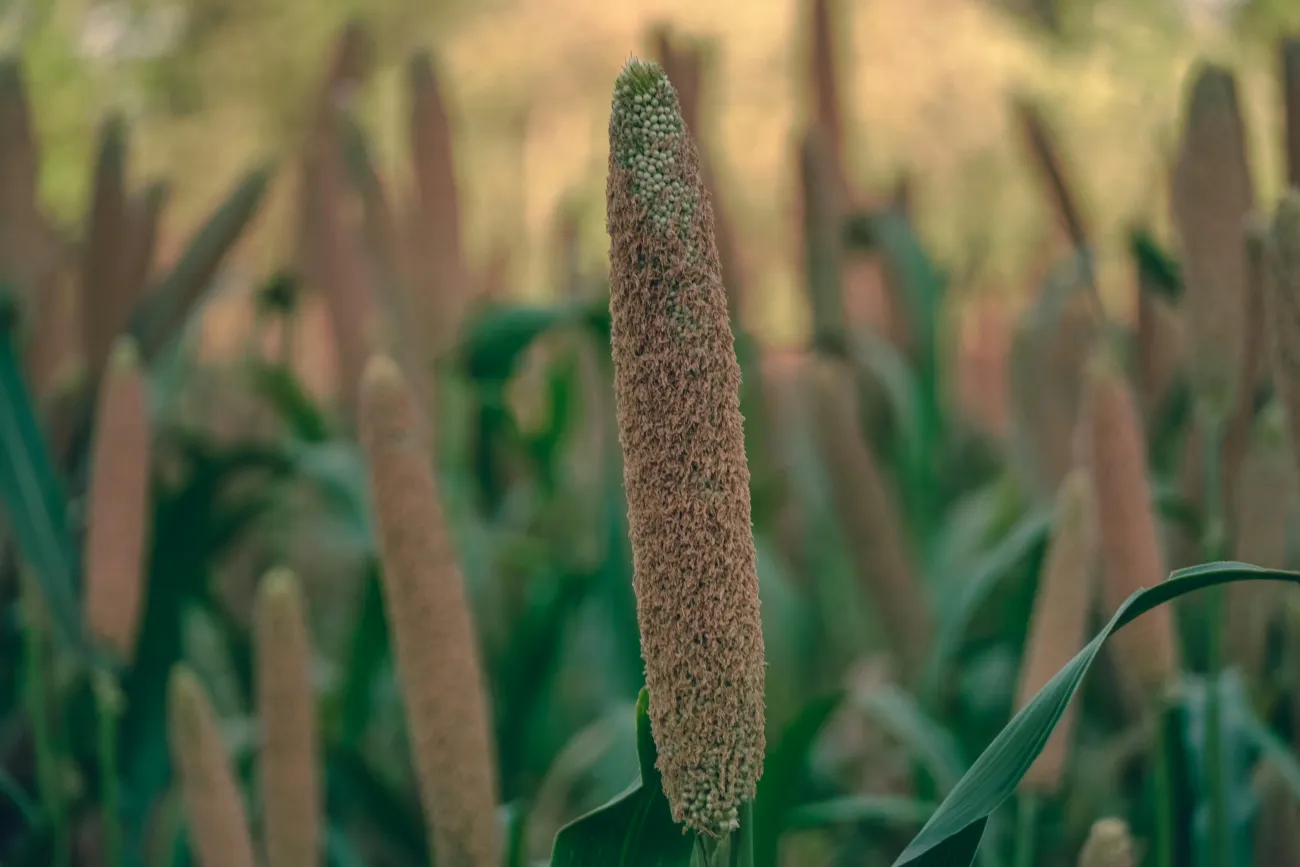A new report from the UK’s biodiversity certification scheme Fair to Nature explores the topic of nature-friendly and wildlife-friendly farming. The report cites previous consumer research conducted by Fair to Nature which has demonstrated that a majority of consumers in the UK feel more positively about brands that have a certification label related to wildlife and biodiversity protection in the UK.

Summary
A new report from the UK’s biodiversity certification scheme Fair to Nature, which is supported by the Royal Society for the Protection of Birds, explores the topic of nature-friendly and wildlife-friendly farming. The report cites previous consumer research conducted by Fair to Nature which has demonstrated that a majority of consumers in the UK feel more positively about brands that have a certification label related to wildlife and biodiversity protection in the UK. The report is designed to support efforts to achieve balance between nature and farming to promote biodiversity on farm and business profitability. The report focuses specifically on wildlife and biodiversity conservation in contrast with other certification schemes such as LEAF which have broader and more holistic goals.
The core tenet and target of the Fair to Nature scheme is to secure 10% of farmed land in the UK as high-quality habitats. The report details how they define and measure high-quality habitats and how food producers can obtain their certification. The scheme will rely on the brand recognition of RSPB to provide a food label to support consumer decisions that can support biodiversity protection.
The certification scheme requires several key metrics assessed through Fair to nature’s bi-annual on farm audits. The following areas must be addressed to receive the certification:
- Ensure a good range of quality wildlife habitats on at least 10% of farmed land
- Conserve priority species and habitats
- Restore soil structure and enhance organic matter
- Minimise the use of inorganic nitrogen and other fertilisers
- Minimise the use of pesticides through progressive integrated pest management
- Adopt the integrated management of livestock parasites
- Minimise the use of water and energy
- Undertake regular carbon audits
Additionally, the type and number of habitats required by Fair to Nature to make up the 10% area are based on six key elements advocated by the Farm Wildlife partnership, a group of organisations working together to provide a single source of best-practice management advice for wildlife on farm:
- Semi-natural habitats in good ecological order (no minimum percentage but counts towards the 10%)
- Flower-rich habitats (minimum of 4%)
- Seed-rich habitats (minimum of 2%, unless the farm has less than 10% cropped land)
- Wildlife-rich field boundaries and margins (minimum of 1%)
- Wet features (1 per 100 ha, with an average size of 25m2)
- Other in-field habitats (no minimum)
The report provides further detail on how the certification scheme can contribute to the Fair to Nature’s vision of producing healthy food whilst protecting and restoring biodiversity and running profitable businesses that help reduce the GHG emissions of the UK farming sector.
Reference
Without Nature, there is no Food, 2024. Fair to Future. https://fairtonature.org/article/report-without-nature-there-is-no-food/ (accessed 2.22.24).
Read the full report here and see our explainer on What is regenerative agriculture? and What is the land sparing-sharing continuum?




Comments (0)